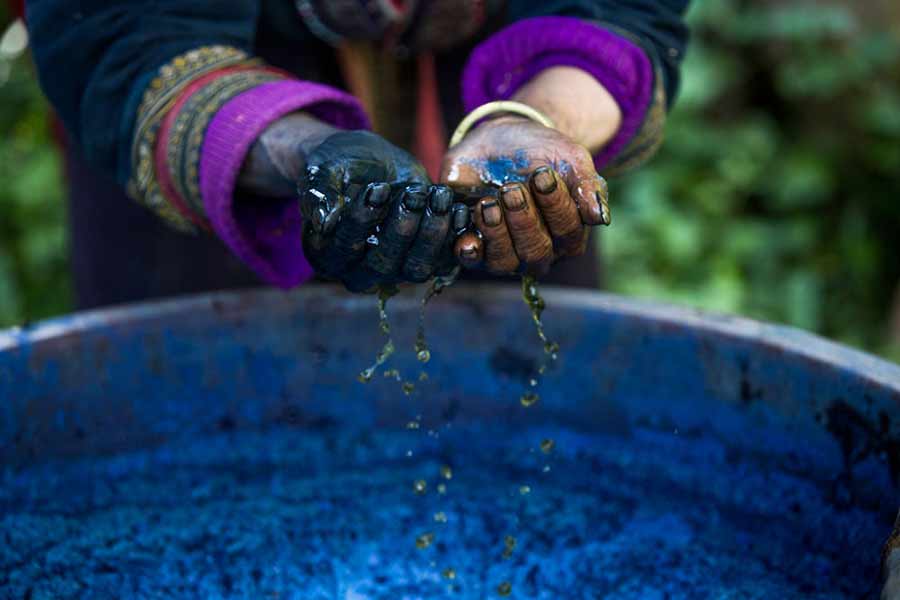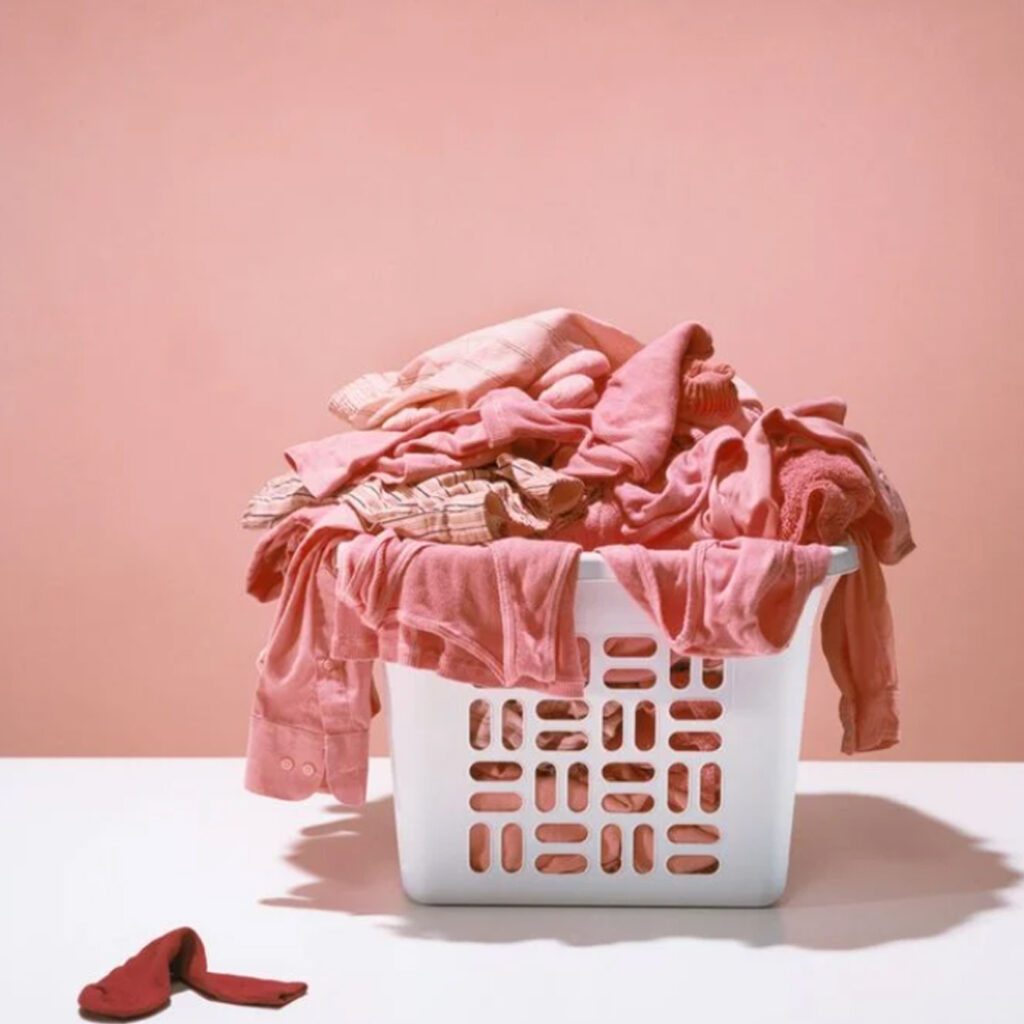Dossier
Indigo: the history of the blue gold and how it changed the world

Indigo: the color that has woven and marked the times of fashion and denim
Indigo, universally known as “blue gold“, is more than just a pigment: it is a thread that weaves together centuries of history, culture, and innovation. This vibrant color has played, and still plays a crucial role in the fashion world, particularly in denim, transforming itself from a status symbol into the standard bearer of contemporary style.
The origins of indigo and the great civilizations of the past
 Indigo, extracted from the Indigofera genus of plants, boasts noble and ancient origins.
Indigo, extracted from the Indigofera genus of plants, boasts noble and ancient origins.
First used in India, its name comes from the Greek Ἰνδικόν (Indikón), and means “product of India.” This precious blue pigment was known for its rarity and value, so much so that it was used as a currency of exchange in some economies.
From India to Egypt, passing through Africa and Europe, indigo has influenced the fashion and textile practices of numerous civilizations. For the Egyptians it symbolized divinity and immortality and was used to color the bandages of mummies, while in Africa it was employed in ceremonial textiles.
Indigo is also the color that characterizes the nomadic population of the Tuareg, the “blue men” who live mainly in the Sahara and Sahel.


Indigo at the heart of the denim revolution
Denim, originally used to create durable clothing for workers, owes its distinctive blue hue precisely to indigo. This fabric gained popularity in the second half of the 19th century, when Levi Strauss and Jacob Davis patented the first rivet-reinforced jeans, intended for the miners of the California gold rush.
Over the course of the 20th century, denim has gone beyond the characteristics of practicality and ruggedness to become a symbol of rebellion, freedom, and fashion. And even elegance.
Indigo, with its unique ability to fade in different ways on different garments, has allowed denim to become a living canvas that reflects the individual stories of the wearer.
Dyeing techniques and sustainability
The fashion industry has faced significant challenges in making dyeing with indigo more sustainable. Modern techniques, including natural fermentation methods and environmentally friendly synthetic processes, seek to reduce the water and chemical footprint associated with traditional indigo production.
Denim heading into the future
The denim industry continues to evolve as designers explore new ways to incorporate indigo into creations that respect the environment while maintaining the authenticity and aesthetic that have made denim a classic, timeless, and universal garment.
Beyond fashion: indigo as a cultural symbol

© The Textile Atlas
Indigo transcends the world of fashion, influencing art, design, and even technology. This pigment is celebrated for its chromatic richness and its ability to connect people with their cultural heritage, being applied in traditional and contemporary art practices.
The history of indigo demonstrates its ability to adapt to diverse and ever-changing contexts. Today, almost everywhere, indigo is the color of denim and it reflects an increasingly popular, flexible, and informal lifestyle.
Research, sustainability, and innovation
Indigo is not only valued for its aesthetic beauty but also as an area of research for developing increasingly sustainable dyeing practices as well as industrial processes that increasingly minimize environmental impacts by reducing the use of water, energy, chemicals
We at Tonello also continue to do research in this direction and, with our DyeMate, we have set a real standard for the “new” way of indigo dyeing that has almost no environmental impact.


Inspiring Indigo
For millennia, at the center of textile culture and innovation, indigo, or blue gold, this deep, unique and magnetic color, has continued to be an inexhaustible source of inspiration in the fashion world, particularly in denim. Its history, steeped in tradition and constant renewal, reflects a journey that definitely goes beyond color to excite and seduce artists, artisans, and “fashion enthusiasts” around the world.
Condividi l’articolo:




